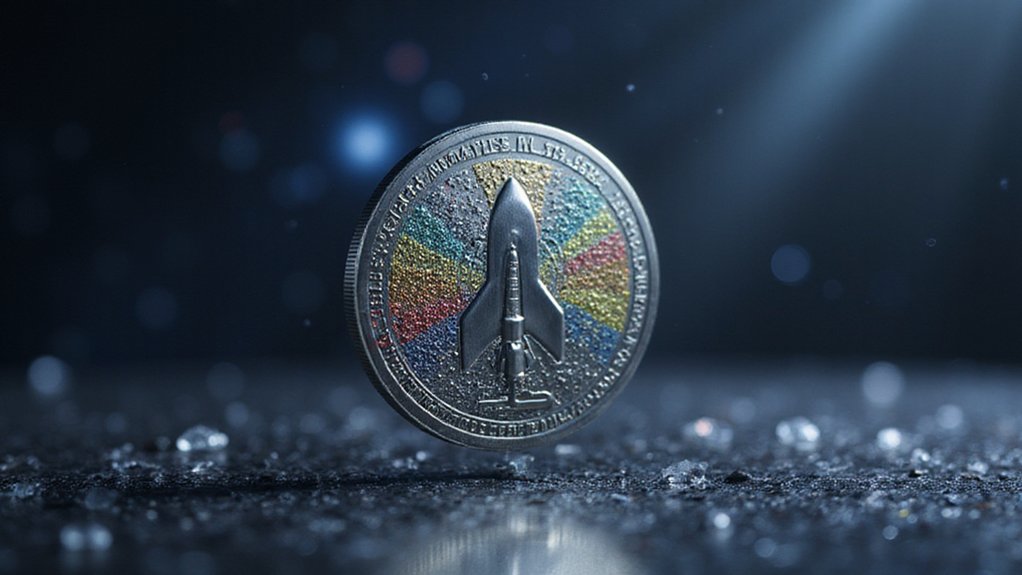While most cryptocurrency presales struggle to achieve meaningful traction beyond speculative trading, BlockDAG has managed to accumulate over $318.5 million in funding—a figure that becomes considerably more intriguing when considered alongside the project’s simultaneous deployment of an actual mining ecosystem.
The mathematics behind this accumulation reveal a progression from $0.001 to approximately $0.0020 per token across presale phases, with over 23 billion BDAG coins distributed to date. Yet unlike the typical presale narrative (raise funds, promise eventual utility, hope for favorable market conditions), BlockDAG has opted for the peculiar strategy of actually building infrastructure while collecting capital.
BlockDAG’s unconventional approach involves constructing actual infrastructure during fundraising rather than merely promising future utility like typical presales.
Physical miners—the X10, X30, and X100 models—are scheduled for delivery beginning July 2025, while their X1 mobile mining application already enables decentralized participation. This hybrid approach extends to their technical architecture, combining DAG structure with Proof-of-Work consensus to theoretically support over 15,000 transactions per second.
The testnet operates with active miner participation, suggesting something resembling genuine network activity rather than mere speculative positioning. Whether this translates to sustainable adoption remains an open question, though the project’s Ethereum compatibility does facilitate developer migration. The platform’s testnet infrastructure includes advanced features like a no-code dApp builder and verified contract testing capabilities.
Perhaps more remarkable than the funding itself is the project’s pre-listing liquidity strategy: $600 million locked specifically for exchange stability across 20 confirmed listings, including five Tier-1 platforms. This represents either sophisticated market preparation or an extraordinarily expensive exercise in confidence signaling.
The targeted launch price of $0.05 implies considerable appreciation potential from current presale levels—assuming, naturally, that market reception aligns with internal projections. The institutional interest appears genuine, evidenced by recent US-based sponsorship agreements and whale accumulation patterns. This positions BlockDAG to compete with established decentralized exchanges that currently dominate the DeFi landscape through automated market makers and token swapping mechanisms.
Yet the ultimate test lies not in presale metrics but in post-launch utility adoption. BlockDAG’s emphasis on infrastructure deployment over marketing theatrics suggests awareness that sustainable growth requires actual network usage rather than speculative momentum. The project’s unusual approach has drawn comparisons to early successes of established protocols like Solana and Avalanche.
With nearly 80% potential upside remaining before major exchange availability, early participants face the familiar cryptocurrency proposition: substantial returns contingent upon execution matching ambition. The mining ecosystem deployment provides tangible differentiation—whether that translates to lasting market position depends on factors extending well beyond presale mathematics.









